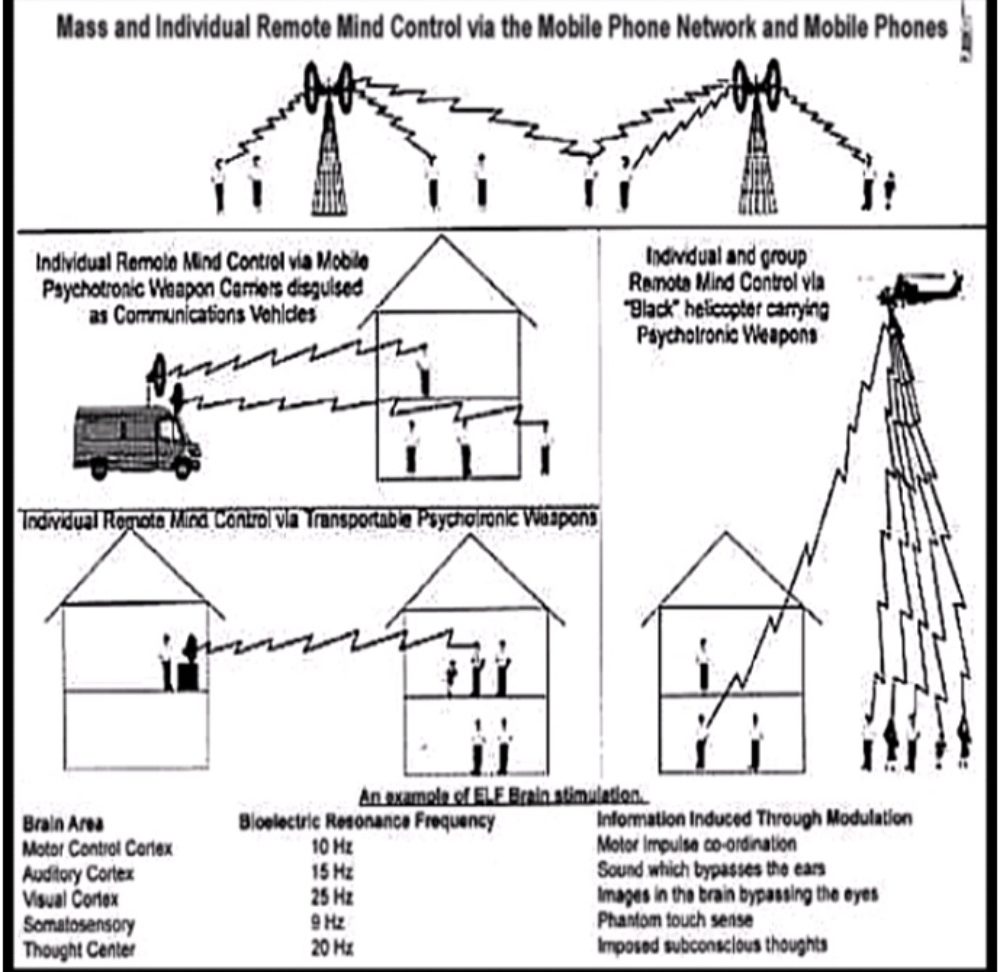Source: https://www.impinj.com/about-rfid/types-of-rfid-systems/
Comparison of different ultra-high-frequency transponder ear tags for simultaneous detection of cattle and pigsAuthor links open overlay pan
Radio waves are one option for individual electronic animal identification (radio frequency identification, RFID). In addition to the standard low-frequency band (LF, 120–135 kHz) used, high- frequency (HF, 13.56 MHz) and ultra-high-frequency (UHF, 868 MHz, 915 MHz) bands have become more popular and have been tested increasingly in research (Hessel and Van den Weghe, 2013; Hogewerf et al., 2013; Maselyne et al., 2014; Reiners et al., 2009; Stekeler et al., 2011a; Umstatter et al., 2014). Low-frequency RFID systems cannot identify several animals simultaneously and a separation of the animals is unavoidable (Barge et al., 2013; Ribó et al., 2001; Stekeler et al., 2011b). Even when an anti-collision technique is used, the reading rates are not sufficient (Burose, 2010). Additionally, LF and HF systems have a reading range of 1.0 respectively 1.5 m, which requires a small distance between reader and animal (Bauer et al., 2011; Caja et al., 2005; Thurner and Wendl, 2007). However, UHF-RFID benefits from a greater read range, the possibility of quasi-simultaneous reading by using anti-collision systems and a higher data transfer rate (Chawla and Ha, 2007). Ultra-high-frequency systems achieve a read range above 3.0 m with passive transponders (Baadsgaard, 2012; Clasen, 2007; Finkenzeller, 2012; Ruiz-Garcia and Lunadei, 2011; Umstatter et al., 2012). This results in a good suitability of UHF systems for animal husbandry by allowing simultaneous detection of larger groups of animal and the possible greater distance between reader and animal. Ultra-high-frequency systems should also be in a position to assume the application areas of LF and HF systems with shorter read ranges by reducing the reader output power. Ultra-high-frequency systems were previously considered as unsuitable for animal identification because of the high absorption potential of water in the UHF band, however, there have been further developments in terms of performance and robustness over time which partly bypass this problem (Adrion et al., 2015; Catarinucci et al., 2012; Finkenzeller, 2012; Stekeler et al., 2011b).
frequency (HF, 13.56 MHz) and ultra-high-frequency (UHF, 868 MHz, 915 MHz) bands have become more popular and have been tested increasingly in research (Hessel and Van den Weghe, 2013; Hogewerf et al., 2013; Maselyne et al., 2014; Reiners et al., 2009; Stekeler et al., 2011a; Umstatter et al., 2014). Low-frequency RFID systems cannot identify several animals simultaneously and a separation of the animals is unavoidable (Barge et al., 2013; Ribó et al., 2001; Stekeler et al., 2011b). Even when an anti-collision technique is used, the reading rates are not sufficient (Burose, 2010). Additionally, LF and HF systems have a reading range of 1.0 respectively 1.5 m, which requires a small distance between reader and animal (Bauer et al., 2011; Caja et al., 2005; Thurner and Wendl, 2007). However, UHF-RFID benefits from a greater read range, the possibility of quasi-simultaneous reading by using anti-collision systems and a higher data transfer rate (Chawla and Ha, 2007). Ultra-high-frequency systems achieve a read range above 3.0 m with passive transponders (Baadsgaard, 2012; Clasen, 2007; Finkenzeller, 2012; Ruiz-Garcia and Lunadei, 2011; Umstatter et al., 2012). This results in a good suitability of UHF systems for animal husbandry by allowing simultaneous detection of larger groups of animal and the possible greater distance between reader and animal. Ultra-high-frequency systems should also be in a position to assume the application areas of LF and HF systems with shorter read ranges by reducing the reader output power. Ultra-high-frequency systems were previously considered as unsuitable for animal identification because of the high absorption potential of water in the UHF band, however, there have been further developments in terms of performance and robustness over time which partly bypass this problem (Adrion et al., 2015; Catarinucci et al., 2012; Finkenzeller, 2012; Stekeler et al., 2011b).
Feig Electronics Intros UHF RFIS reader for tracking people
http://www.rfidjournal.com/articles/view?17658
